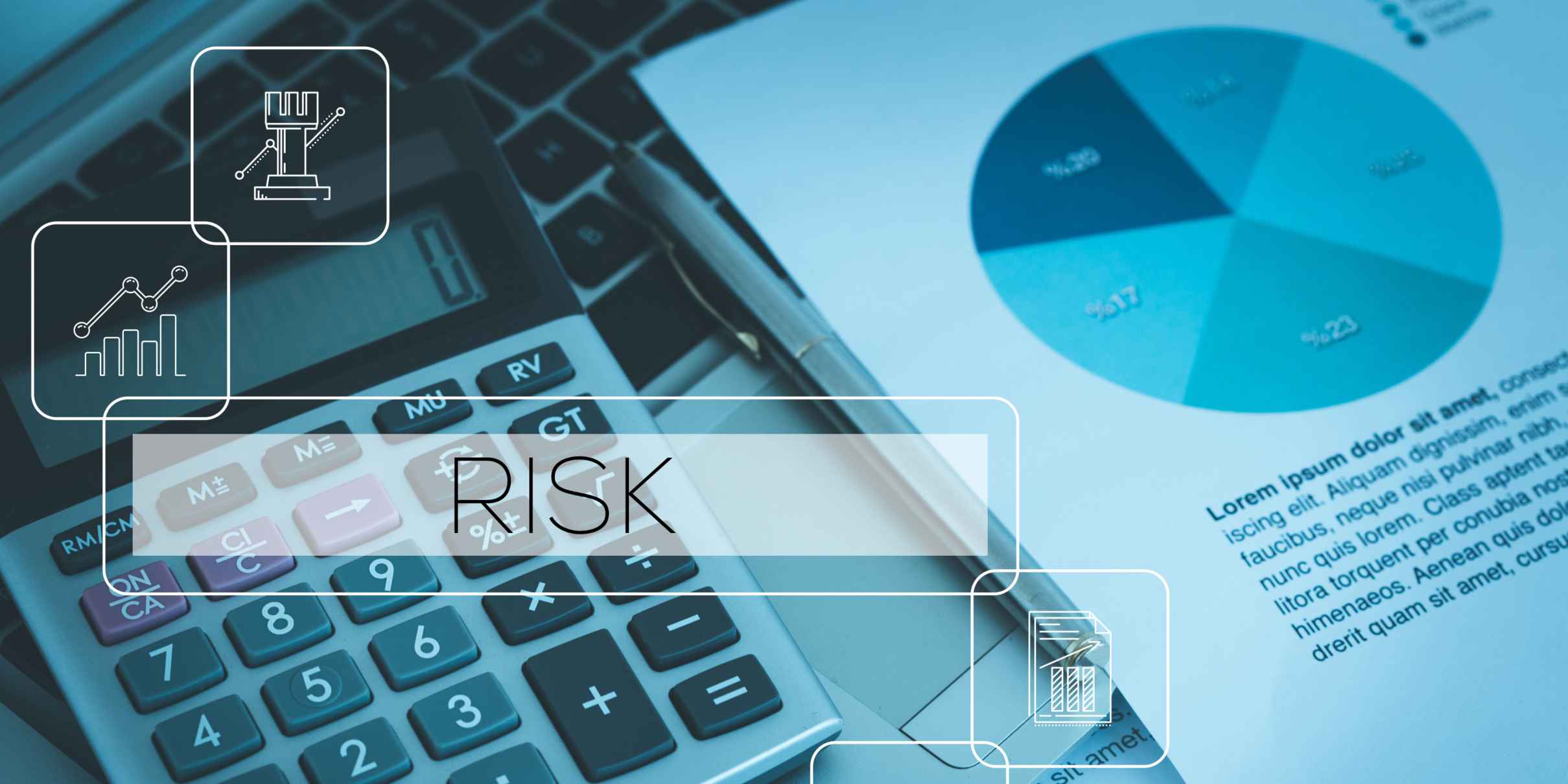Navigating Risk in an Uncertain World
From cyberattacks to AI model failures and ESG obligations, modern organizations face risks that are fast, interconnected, and often unpredictable. Guesswork is no longer an option. To stay resilient, organizations need a structured, evidence-based way to manage uncertainty — and that’s what ISO 31000 delivers.
More than just a checklist, ISO 31000 defines a mindset: risk management as a continuous, value-creating discipline integrated into strategy, governance, and culture. In 2025, this principle matters more than ever as businesses adapt to digital, regulatory, and geopolitical volatility.
What Is ISO 31000?
ISO 31000 is the international standard for risk management, published by the International Organization for Standardization (ISO). It provides a set of principles, frameworks, and processes that help organizations identify, assess, and treat risks effectively.
Unlike ISO 27001 or ISO 9001, it’s not certifiable — there’s no “ISO 31000 certificate.” Instead, it offers flexible guidance that can be applied by any organization, regardless of size or sector, to build a coherent, enterprise-wide risk management approach.
How ISO 31000 Evolved
Originally launched in 2009 and updated in 2018, the standard shifted focus from isolated risk assessments toward strategic integration — embedding risk management into decision-making, leadership, and governance. Its evolution reflects a broader industry trend: risk management isn’t a compliance exercise, but a foundation for sustainable performance.
The Principles Behind ISO 31000
At its core, ISO 31000 is built on eight interdependent principles: integration, structure, customization, inclusiveness, dynamism, evidence-based decisions, human and cultural factors, and continual improvement. Together, they transform risk management from a periodic task into a living management system.
How ISO 31000 Works: The Framework and Process
ISO 31000 structures risk management into three dimensions:
- Principles — the “why”: embedding risk thinking across all decisions.
- Framework — the “how”: ensuring governance, roles, and accountability.
- Process — the “what”: a repeatable cycle of identifying, assessing, treating, and monitoring risks.
The process typically unfolds as:
- Establish context (objectives, stakeholders, risk appetite)
- Identify risks (events, causes, and consequences)
- Analyze and evaluate (likelihood, impact, prioritization)
- Treat risks (avoid, mitigate, transfer, or accept)
- Monitor and review (track performance, update as conditions change)
- Communicate and consult (ensure alignment and transparency)
Together, these steps form a closed feedback loop that helps organizations continuously learn and adapt to change.
ISO 31000 vs. Other Frameworks
How does ISO 31000 compare to COSO ERM?
While COSO ERM (Enterprise Risk Management) focuses heavily on financial reporting and internal control integration, ISO 31000 takes a broader, principle-based approach. It goes beyond compliance and accounting functions to include strategic, operational, and emerging risks — making it suitable for organizations across all sectors.
COSO is often used by auditors and financial institutions; ISO 31000, on the other hand, is designed to be adaptable. It provides a universal risk language that can align governance, IT, compliance, and business units under one structure.
And what about ISO 27001?
ISO 27001 is the standard for information security management. It focuses on protecting data and IT assets through a defined ISMS (Information Security Management System). ISO 31000 complements it by providing the enterprise-wide risk framework — ensuring cybersecurity risks are not managed in isolation but as part of the organization’s total risk profile.
Together, the two create a strong foundation for integrated risk and compliance (GRC tool) — one that connects technology, process, and governance.
Implementing ISO 31000: From Policy to Practice
Successful implementation starts with leadership commitment and a clear business case. From there, organizations define their risk architecture — roles, appetite, taxonomy — and integrate it into operations and technology.
Key enablers include:
- A centralized risk register for consistency and traceability.
- Structured workflows for control design, testing, and monitoring.
- Real-time insights through dashboards and alerts.
Platforms like CERRIX make this operational layer tangible by linking risks, controls, incidents, and third-party data in one environment.
Managing AI, Digital, and Emerging Risks with ISO 31000
The newest frontier for ISO 31000 lies in AI governance and digital resilience. Organizations are increasingly using the framework to navigate risks that didn’t exist a decade ago — from algorithmic bias and model drift to third-party cloud dependencies and ESG data integrity.
Here’s how ISO 31000 supports the new risk landscape:
- AI model risk and explainability: Ensures transparency and accountability in AI-driven decisions.
- Cloud and cybersecurity risk monitoring: Provides structure for resilience testing and vendor dependency mapping.
- ESG and climate-related performance indicators: Aligns sustainability and operational risks with strategic reporting.
- Real-time analytics and alerts: Enables continuous monitoring of key risk indicators (KRIs) and automated escalation workflows.
These capabilities transform ISO 31000 from a static framework into a dynamic governance system — shifting organizations from reactive to predictive risk management.
The CERRIX Advantage: Turning ISO 31000 Into Action
Implementing ISO 31000 in spreadsheets or disconnected tools often limits visibility and accountability. CERRIX bridges that gap by translating ISO 31000 principles into daily operations.
With CERRIX, organizations can:
- Collaborate seamlessly: Conduct structured risk assessments via digital forms that capture cross-departmental input.
- Automate scoring: Apply custom methodologies that reflect your risk appetite and control maturity.
- Integrate monitoring: Connect risk registers with controls, incidents, and KRIs for holistic oversight.
- Report with confidence: Leverage Power BI and built-in dashboards to deliver audit-ready insights on demand.
By unifying people, processes, and data, CERRIX helps organizations live the spirit of ISO 31000 — transparent, measurable, and continuous risk management.
Learn How ISO 31000 Works in Practice
If you want to see ISO 31000 come to life, from risk treatment to control effectiveness testing, join our upcoming webinar: ISO 31000 in Practice: Risk Treatment & Control Effectiveness Testing
In this session, our experts will demonstrate how organizations can operationalize ISO 31000 using CERRIX moving from theory to measurable outcomes.
Audit Management: Aligning the Three Lines of Defense
Accessible popup
Welcome to Finsweet's accessible modal component for Webflow Libraries. This modal uses custom code to open and close. It is accessible through custom attributes and custom JavaScript added in the embed block of the component. If you're interested in how this is built, check out the Attributes documentation page for this modal component.

.jpg)
.jpg)
%20(1).jpg)
%20(1).jpg)
.jpg)
.jpg)
.jpg)
%20(1).jpg)
.jpg)
.jpg)
.jpg)

.jpg)
.jpg)






%20(1).avif)



